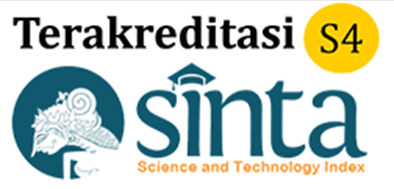Efektivitas Pemungutan Pajak Bumi dan Bangunan
DOI:
https://doi.org/10.24036/publicness.v3i2.189Keywords:
Effectiveness, Collection, Land and Building TaxAbstract
This research examines the effectiveness of collecting Land and Building Tax (PBB) in Namosain Village, Alak District, Kupang City, to optimize tax contributions in financing national development. Adopting a descriptive qualitative approach, this study investigates the interaction between tax administration and taxpayers and its impact on state revenues. In-depth analysis through interviews and observations reveals the actual dynamics in the field and the factors that influence the success of tax collection. The research results show fluctuation in PBB revenue in Namosain Village from 2019 to 2022, with a decrease due to the COVID-19 pandemic, which has had an impact on the community's economy. It was found that the main factor influencing low tax revenues is a lack of awareness and understanding of taxpayers, coupled with economic constraints that hinder their ability to pay taxes on time. This study confirms the importance of three approaches in improving PBB collection effectiveness: (1) Source Approach, by assessing human resource capacity and infrastructure availability; (2) Process Approach, by evaluating administrative procedures and policies; and (3) Target Approach, by measuring achieving tax revenue targets. Through these approaches, it was identified that although there was compliance in the tax object registration stage, there were obstacles in subsequent procedures that resulted in tax payment arrears.
Downloads
Published
Issue
Section
License
Copyright (c) 2024 PUBLICNESS: Journal of Public Administration Studies

This work is licensed under a Creative Commons Attribution 4.0 International License.












